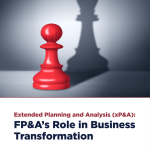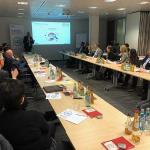Frankfurt was the second destination on the German journey of the International FP&A Board following the meeting in Munich. The Frankfurt FP&A Board Members met on the 17th of May, 2023. An exquisite venue, "Spaces Omniturm" welcomed senior FP&A leaders from companies such as BearingPoint, Tupperware Germany, DB Regio AG, Amazon, Steigenberger Hotels AG, Duracell, Boway Alloy, Accenture GmbH, Siemens Healthineers and many others, who gathered to discuss the most critical steps on the journey to Extended Planning and Analysis (xP&A). Larysa Melnychuk, the Founder and CEO of the International FP&A Board and FP&A Trends Group, chaired the discussion.
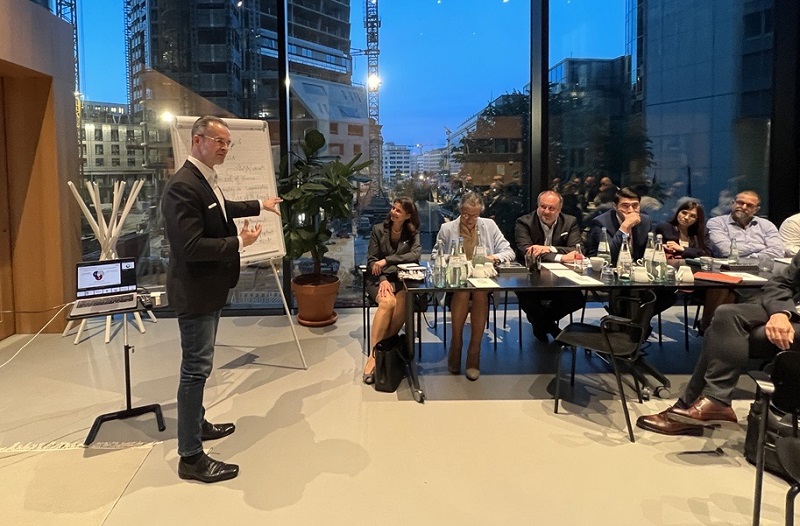
Figure 1: The Members of Frankfurt FP&A Board (May 2023).
Frankfurt FP&A Board Meeting: Key Takeaways
At the start of the meeting, Larysa Melnychuk initiated a discussion among the participants to gather their insights on the significant challenges faced by FP&A professionals at the time. The Frankfurt FP&A Board Members highlighted the following key challenges:
- VUCA (Volatility, Uncertainty, Complexity, Ambiguity),
- Data consolidation,
- Rolling Forecasting,
- Engaging non-financial stakeholders,
- Managing profitability,
- Influencing decision-making,
- Transitioning from accounting to FP&A,
- and data-driven decision-making.
Once these challenges were identified, the discussion shifted towards the limitations of traditional planning methods and the imperative of embracing analytical excellence.
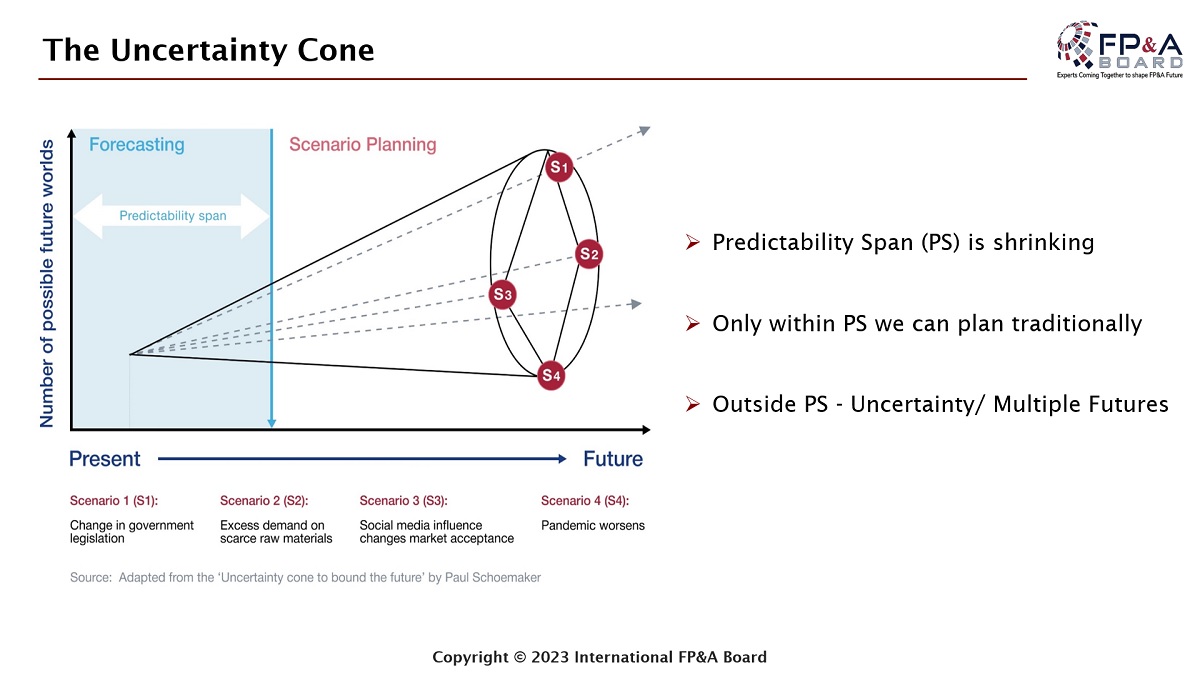
Figure 2: The traditional planning methods work only within the predictability span.
Larysa Melnychuk introduced the concept of the Uncertainty Cone that diminishes. It signifies the inability to plan traditionally beyond the predictability span.
Then the forum delved into the four key questions about Extended Planning and Analysis (xP&A):
- Why do we need it?
- What is it?
- How to implement it?
- How exactly can we do this?
According to Larysa Melnychuk, this approach enables organisations to effectively manage their value and navigate a constantly changing business landscape. Extended Planning and Analysis (xP&A) entails aligning strategic, financial, and operational plans within the organisation, fostering cross-functional planning and digital transformation.
Furthermore, the Frankfurt FP&A Board Members discussed six essential success factors for transitioning to Integrated FP&A.
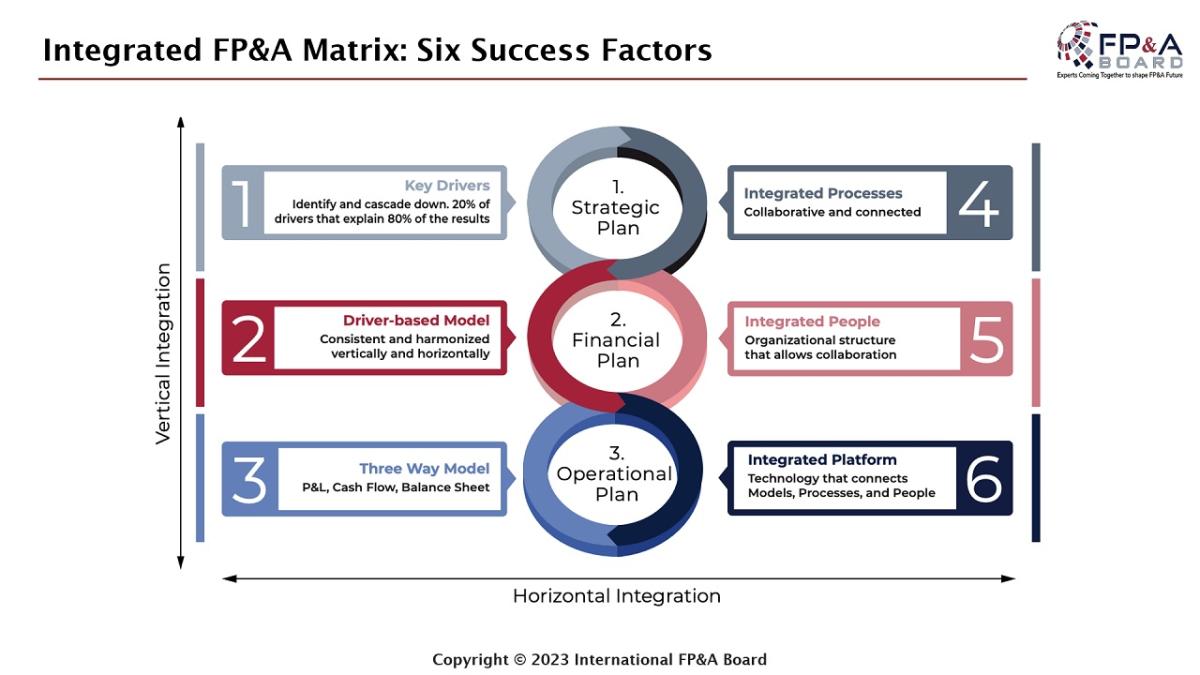
Figure 3: The essential factors for a successful journey to analytical excellence.
Concluding her presentation on the journey towards xP&A, Larysa Melnychuk introduced a powerful tool for FP&A professionals – The FP&A Board Maturity Model. This tool facilitates the development of a unique roadmap for transformation, enabling professionals to assess their current position on the FP&A Maturity scale and understand the necessary steps to reach the leading state.
A Case Study from Deutsche Bahn
Tanja Schlesinger, VP OneSource at Deutsche Bahn Regio AG, delivered a presentation highlighting their journey towards xP&A and how it benefited their business.
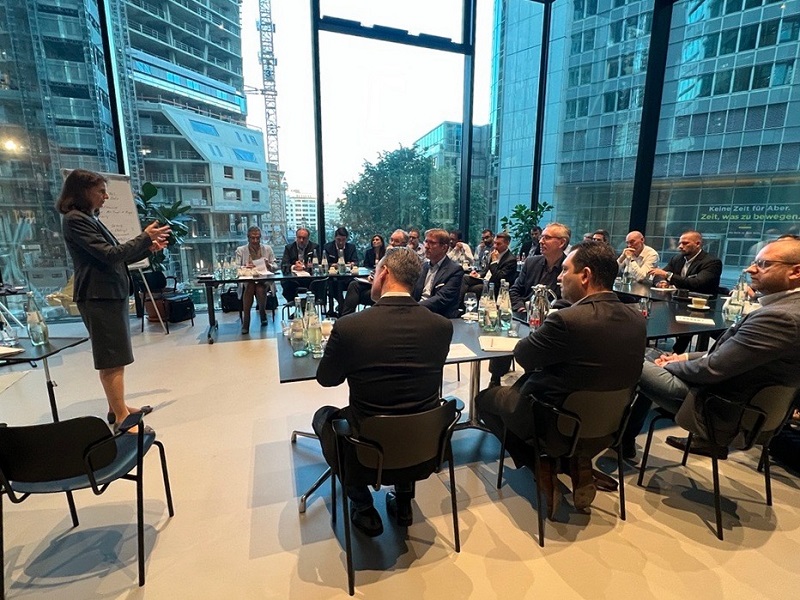
Figure 4: Tanja Schlesinger shares her insights during the Frankfurt FP&A Board (May 2023).
According to Tanja's presentation, DB Regio AG utilised a performance canvas with two key performance indicators (KPIs) for energy costs. One KPI focused on volume, while the other on energy prices. Recognising that volumes were increasing seasonally, their objective was to avoid surprises in the Profit & Loss statements.
To address this, they initiated an agile project to better understand influential factors, such as weather conditions. Initially, they combined the algorithm for calculating and forecasting energy consumption with volume statistics and weather conditions. Additionally, they incorporated weather forecasts and historical data within geofences to establish local references for temperature, humidity, and precipitation. However, they encountered challenges in explaining deviations from their volume plan.
The root cause was identified as a human factor - the behaviour of train drivers who believed they could compensate for delays by driving faster.
This realisation prompted a mindset shift during their transformation journey. Tanja emphasised that developing insights for train drivers and debunking the notion of speed as a solution to reduce delays posed their most significant challenge. Unfortunately, relevant data could not be derived from their ERP system.
To overcome this challenge, Deutsche Bahn FP&A leaders gathered information from operational applications and connected it with ERP data to provide transparency to operational staff, including train drivers.
In conclusion, Tanja highlighted that xP&A has the potential to generate valuable insights for the FP&A function as well as operations, marketing, and sales. It is an approach that strengthens overall financial performance.
Small Group Work, Conclusions, and Recommendations
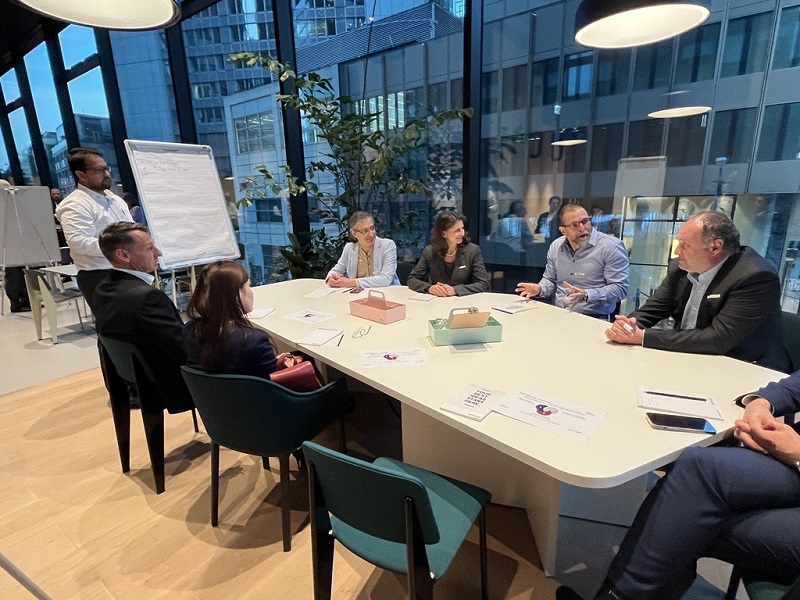
Figure 5: Group discussion during the Frankfurt FP&A Board Meeting (May 2023).
Following Tanja's presentation, the meeting progressed towards its conclusion, and participants were divided into three groups to discuss the following aspects:
The session concluded with lively networking, enabling attendees to exchange thoughts and insights on xP&A.


